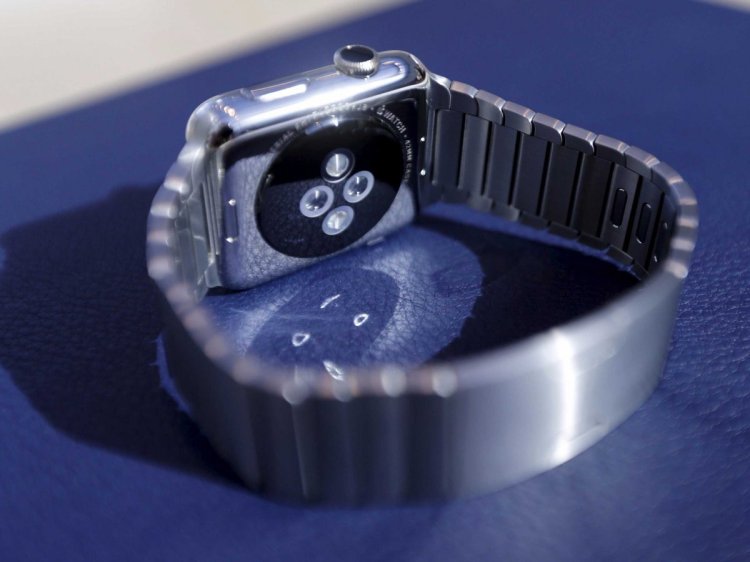Goldman Sachs surveyed 1,000 people about their interest in the Apple Watch the day after preorders began.
The results are good for Apple and bad for traditional watchmakers.
Here is Goldman:
Our key insights include: (1) encouraging initial demand, with +11% of iPhone users “very likely” to purchase an Apple Watch this year, (2) regular watch wearers are among the most likely to order an Apple or other smart watch, suggesting high displacement rates for traditional watches from smart watch adoption, (3) young consumers are substantially more likely to buy an Apple Watch than older consumers, and (4) those likely to buy a smart watch most often indicate Fossil, Seiko, Casio, Rolex, Timex, and TAG Heuer are the watch brands they wear today.
The feminine mystique: Reasons to believe women will participate
Analysts have raised concerns the Apple Watch is “too geeky” for women, but we are more constructive in view of (1) a solid showing in our survey of women iPhone users who are “very likely” to purchase (10% vs. men 13%), (2) Apple’s marketing focus towards women, and (3) the path paved by recent popularity of bulky watches and wearables among women.
We see greatest risk to the mid-tier watch category
The US watch market totaled 61mn units in 2014, with 11-12mn units in the “mid-tier” ($150-$1,000 price range). The mid-tier appears most vulnerable because of the price point overlap with Apple Watches ($349-$1,099). Our base case assumes 7mn Apple Watches sold in the US in CY16 and a 50% cannibalization rate, or 3.5mn unit headwind for traditional watches. This equates to 6% of total traditional watches and 31% of the mid-tier. We estimate FOSL has the largest mid-tier exposure, or 40% of category units.
This story originally appeared on Business Insider. Copyright 2015
VentureBeat's mission is to be a digital town square for technical decision-makers to gain knowledge about transformative enterprise technology and transact. Learn More

